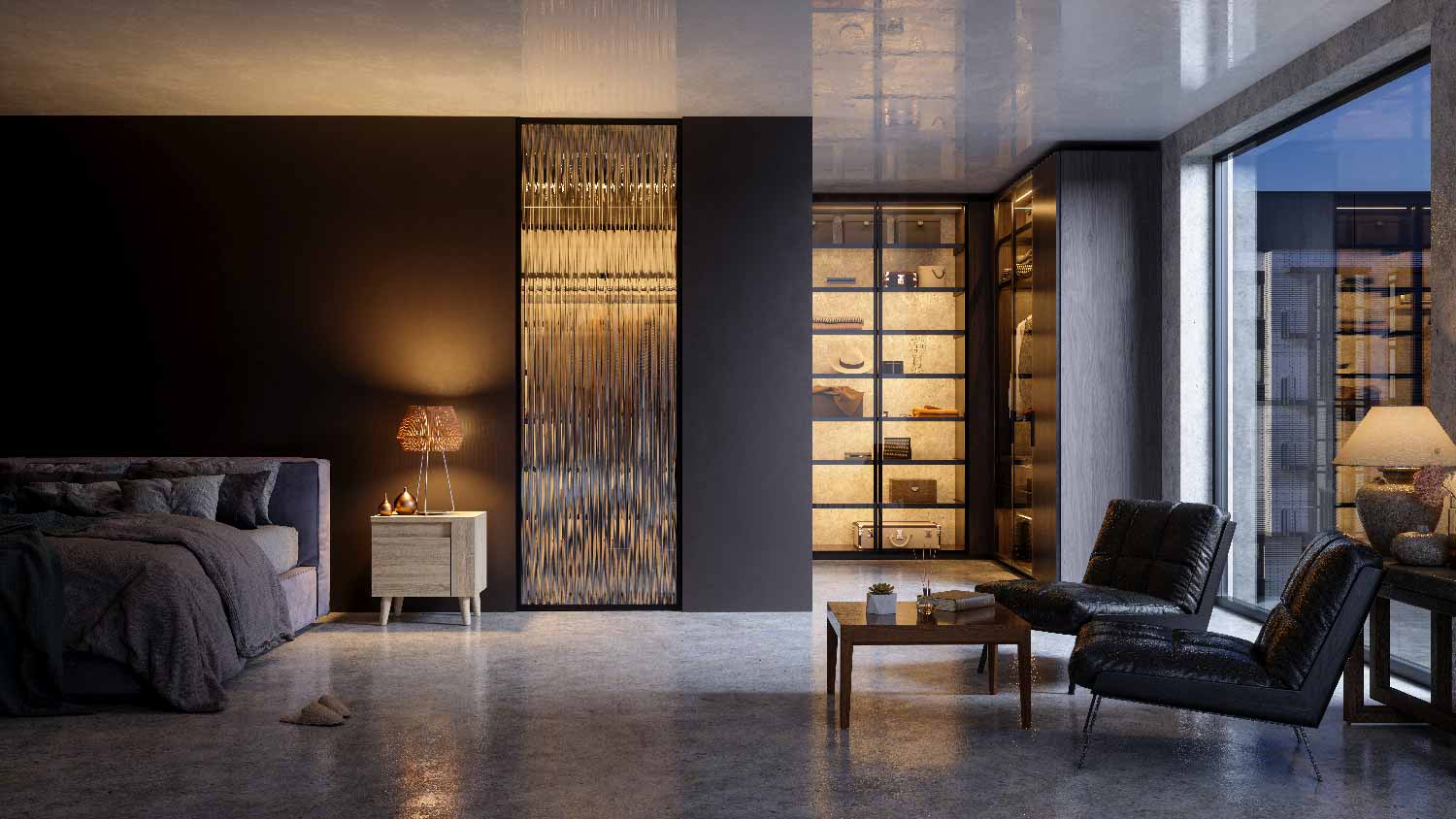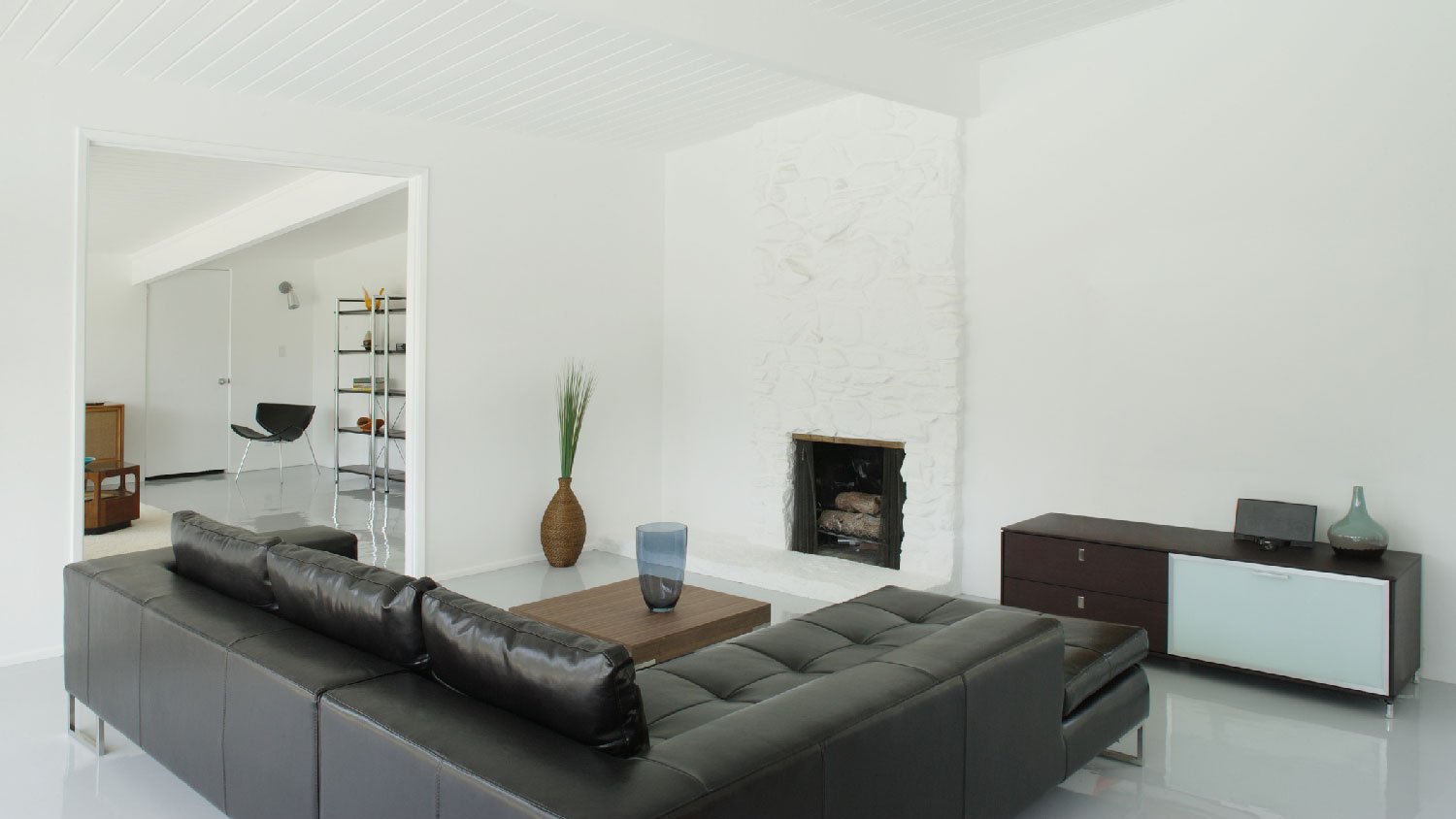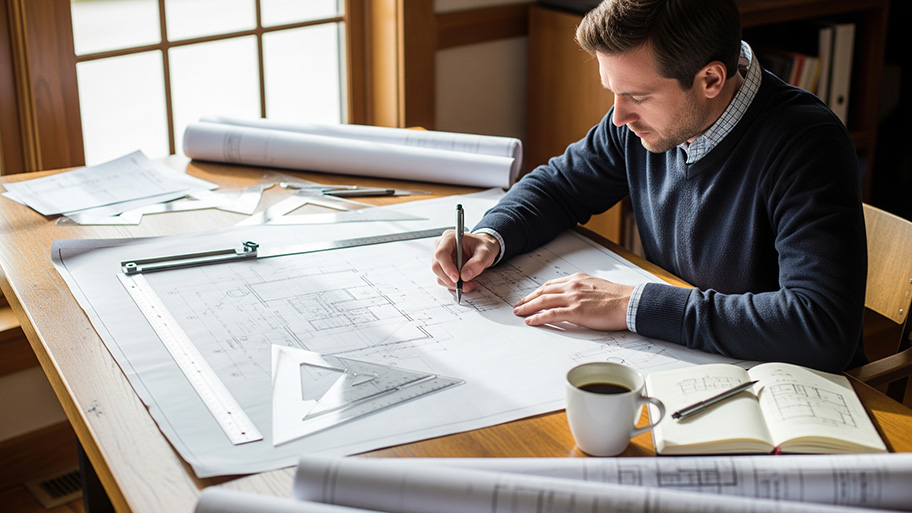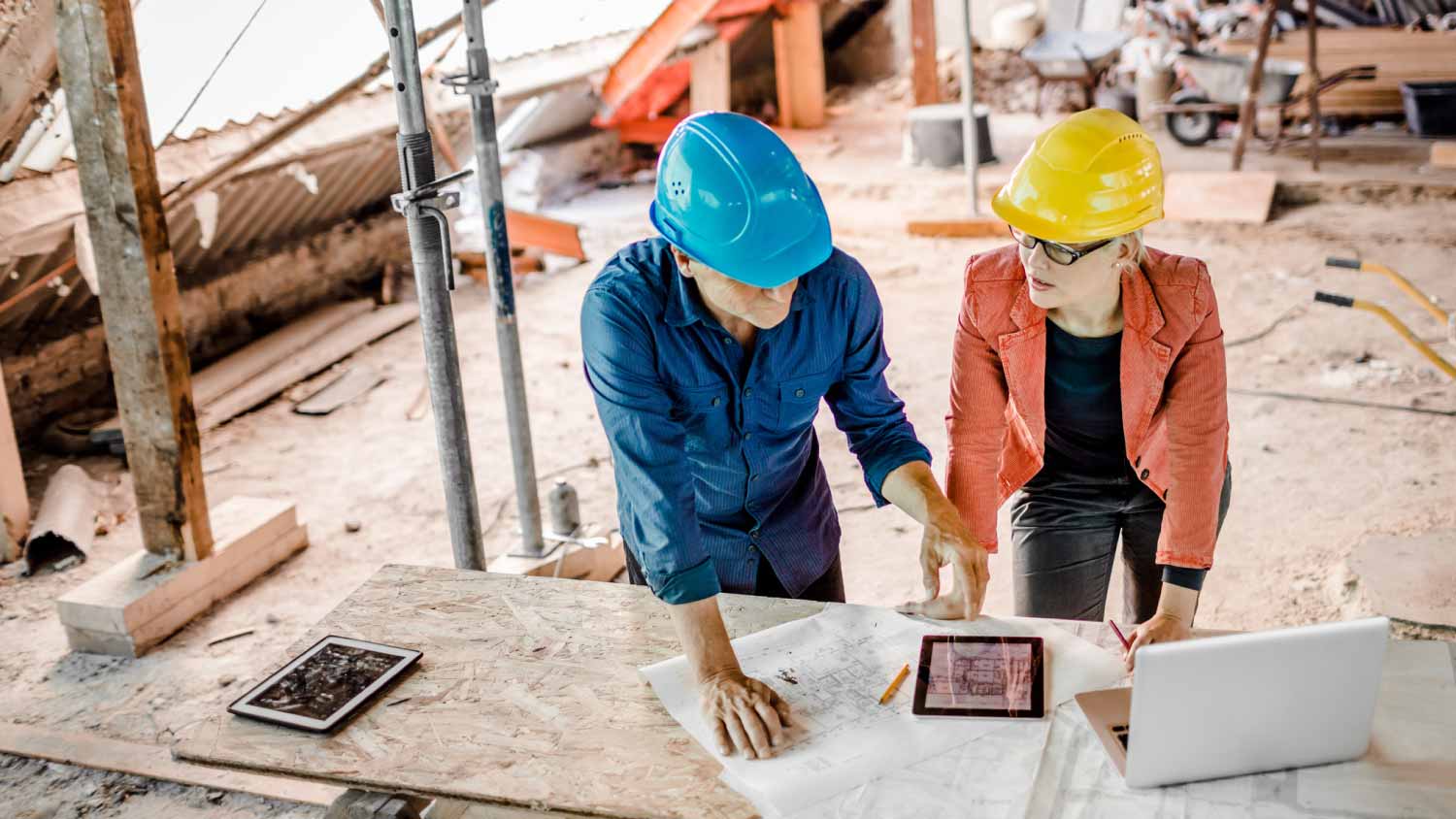
Few things elevate your outdoor space like a landscape architect can. Learn about how much a landscape architect costs and what affects your total.
Modern architecture focuses on function, comfort, and minimalism


Modern architecture explores unique, bold designs while maintaining comfort and function.
At its core, this style is minimalistic; the home is designed for a lack of ornamentation.
Building materials, like metal and glass are popular in the interior and exterior of modern-design homes.
Modern architecture has fallen out of style, but it’s still embraced by many people.
Whether you’re building a new house, or are in the market to purchase an existing one, the architectural design of the home is something you definitely want to get right. Aside from the location, the architecture is the hardest thing to change about a house, so choosing something you’ll love for decades is important.
When it comes to architectural design, modern architecture stands out as something unique, intriguing, and, often, polarizing. It first appeared in the early 1900s and remained a popular home style from the 1940s through the 1980s. In this guide, we’ll explain what modern architecture is, some key elements, and how to incorporate the spirit of modern architecture into your home.
Like all architectural designs, modern architecture isn’t rigidly defined, as it evolved throughout its four decades or so of popularity in the United States. However, there are some key elements that the style generally embodies:
“Industrial” building materials, including steel, iron, concrete, and glass, especially in the exterior of modern architecture homes and buildings
Clean lines and simple rectangular building shapes
Open floor plans, originally designed to make interior spaces healthier
Large walls of glass, originally meant to reduce the amount of interior ornamentation
A connection to nature, often achieved using flow from interior to exterior, as well as outdoor entertainment areas
Minimalism, by using design to reduce the amount of interior ornamentation
Tons of natural light, originally used to improve mood inside the home
Asymmetrical exterior shapes and designs

Modern architecture was once the most popular style in the U.S., and although it has fallen out of favor for the most part, it still provides some benefits to those who adopt it today.
Open floor plans improve indoor air quality
Minimalism can make for a clean, affordable interior design
Natural light can improve mood
Building materials tend to be more affordable
Focus on outdoor space provides additional room to entertain
If you like the appearance of modern architecture, then you’re likely to fall in love with living in a modern home.
These homes are designed in a way that marries unique style and function. Modern homes include building materials that are easy to maintain, floor plans that are conducive to connecting with family and friends, and don’t require you to put much thought or effort into interior design.
They’re meant to be easy and comfortable to live in, and if you’re already a fan of the style, then you’re likely to enjoy how the form and function serve each other.
Of course, this style isn’t without its downsides:
Can often be seen as cold and impersonal
The design is highly polarizing today
Resale of a modern home tends to have a smaller market
It’s worth noting that modern architecture fell out of style in the 1980s, and it has yet to go through a resurgence. You might have difficulty finding a home with this architectural style, and if you do find one and buy it, you can count on a relatively small demand for it if you sell. With fewer people embracing modern architecture, you could have issues with resale.

Whether your home embodies the structural elements of modern architecture, you can still incorporate the spirit of the style into your home. Below are some tips for creating the feeling of a modern architecture style for your house.
Consider modifying your floor plan. Modern homes embrace open floor plans, so if it’s possible, take down non-load bearing walls to open up your general use rooms. If budget isn’t an issue, you can consider swapping out load-bearing walls with steel I-beams or metal columns to make the space feel larger. When in doubt, contact an architect near you, who specializes in this style, to find the right balance.
Aim for larger windows. Wherever possible, install larger windows to allow more light in. You can make use of exterior doors with windows as well to boost natural light, and choose picture windows if you don’t need ventilation, as these provide unhindered views of the outdoors.
Focus on storage and cleanliness. Modern homes often make use of built-in storage to maintain a focus on minimalism. Consider building your own storage to keep your interior clean, and prevent belongings from piling up.
Let your building materials act as your design features. Consider ditching wall ornaments and other decor in your home that doesn’t serve a functional purpose. Instead, upgrade stairs, furniture, exterior doors, and other functional components in your home to let them act as the decor.
Upgrade materials wherever possible. Retrofitting concrete, metal, and glass into an existing home can be tough, but it’s definitely possible. Consider replacing stair handrails with metal rails and incorporating concrete coffee tables or side tables to ease into the industrial look.
Opt for a neutral color palette. Modern architecture is all about function and comfort in favor of ornamentation, so stick with a neutral color palette when it comes to walls, floors, and even furniture and functional decor. Adding bright colors will push your modern look toward contemporary, and may look too ostentatious to be considered modern architecture.
Choose sleek, functional fixtures. If you’re swapping out light fixtures or plumbing fixtures, spend some time looking for sleek, modern designs that aren’t showy or ornamental. Use these fixtures as a way of incorporating the metal, glass, and concrete building materials that define modern architecture.
Focus on clean lines. Modern architecture ditches ornamentation in favor of sleek, clean lines. Consider getting rid of corbels and decorative trim, squaring off arches, and swapping out more ornate kitchen cabinets with crown molding and face trim for perfectly rectangular ones.
Don’t forget the furniture. Updating your furniture is one of the easiest ways to embrace the style of modern architecture. Choose pieces that are simple but intriguing and, most importantly, serve as a functional piece over all else. Consider mid-century modern style furniture for a modern-yet-stylish appearance.
From average costs to expert advice, get all the answers you need to get your job done.

Few things elevate your outdoor space like a landscape architect can. Learn about how much a landscape architect costs and what affects your total.

Need to know how much blueprints cost for your new construction project? Use this comprehensive cost guide to get an accurate estimate for your build.

Wondering how much hiring an architect cost? Discover architect prices, cost factors, and money-saving tips to help you plan your home project with confidence.

Detailed house plans are an important part of construction projects. Learn when you need an architect to draw plans for a project.

Discover monolithic dome house costs, including average prices, cost factors, and tips to help you budget for your unique, energy-efficient home project.

Gothic-style architecture features distinctive design flourishes that give this style its dramatic, moody flair. Learn more about its key elements.